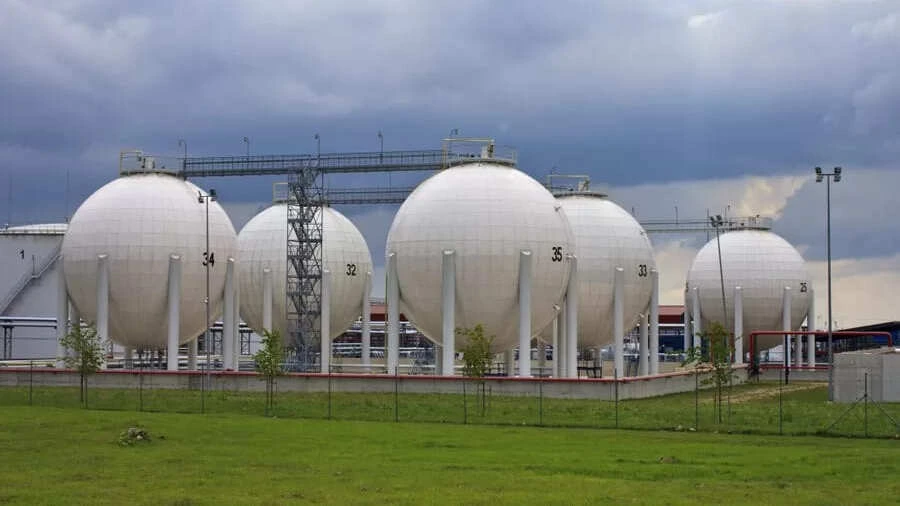The recent completion of a 25,000-tonne LPG gas storage facility in Mombasa marks a major milestone for Kenya’s energy sector. This development is already showing signs of impacting both the price and use of LPG in the country. Here’s how.
Improved Supply and Distribution
First, the new storage facility significantly boosts Kenya’s LPG gas supply infrastructure. It is directly connected to the new Kipevu Oil Terminal 2 at the port of Mombasa. This allows for easier and faster offloading of LPG gas imports.
Previously, Kenya relied heavily on LPG imported overland from Tanzania. Now, the country can handle larger shipments directly, cutting logistical delays and costs. According to Zawya.com, this is expected to improve the reliability of supply and reduce Kenya’s dependence on neighboring countries.
Potential Drop in LPG Gas Prices
With greater storage capacity comes better handling efficiency. The facility will reduce ship waiting times, which often cause additional charges called demurrage fees. Lowering these costs could lead to reduced prices for consumers.
Although exact price reductions are yet to be seen, industry experts expect savings to be passed down the supply chain. If this happens, households and businesses could benefit from more affordable LPG.
Rising Use of LPG Gas
As supply becomes more stable and prices potentially fall, the use of LPG gas is expected to grow. Kenya’s LPG consumption increased by 8% in 2023, reaching over 360,000 metric tonnes, according to The Star (Kenya). The new storage facility is designed to help meet this rising demand efficiently.
Greater Adoption by Households
More homes, especially in urban areas, are likely to shift from traditional fuels like charcoal and kerosene to LPG gas. This supports the government’s clean energy goals. As LPG gas becomes cheaper and more available, families are encouraged to make the switch.
Regional Impact
Finally, the storage facility strengthens Kenya’s position in East Africa’s energy market. With improved infrastructure, Kenya can become a key player in LPG gas logistics. This may attract regional investment and further lower prices through economies of scale.
Conclusion
In summary, the new 25,000-tonne LPG gas storage facility in Mombasa is already influencing both the price and use of LPG gas in Kenya. It improves supply reliability, reduces import costs, and supports the country’s growing demand for cleaner energy.
Sources:
- Zawya: Kenya’s plan to seize LPG logistics business from Tanzania
- The Star (Kenya): Boost for State’s LPG plans as key infrastructure takes shape

